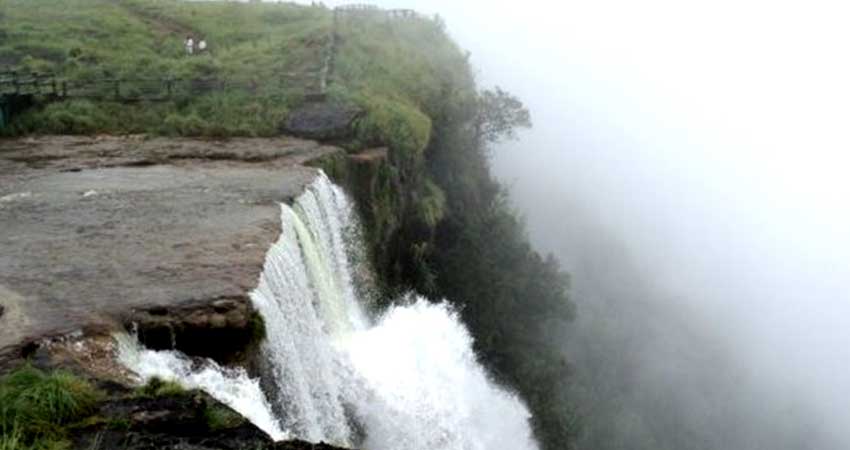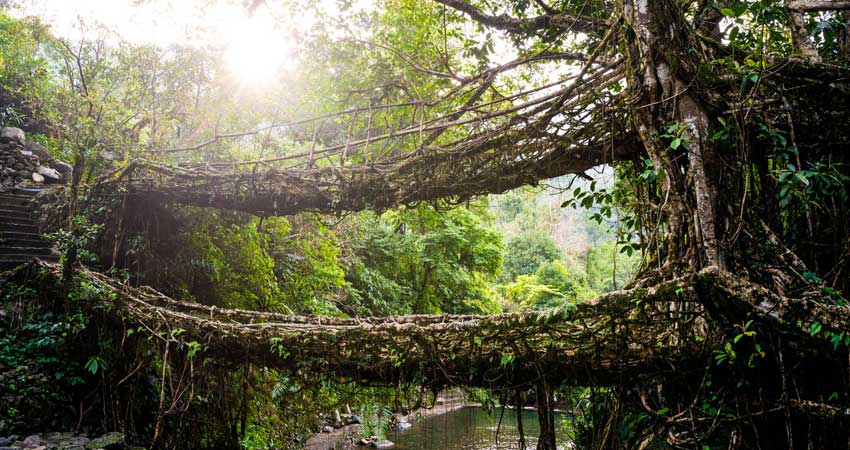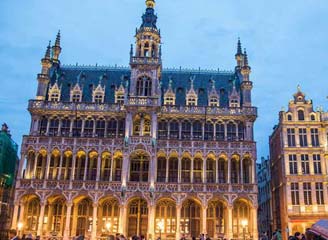Meghalaya Delight
8 Days / 7 Nights
- STARTS Guwahati
- DESTINATION
- ENDS Guwahati
Highlights
- Visit the Kamakhya Temple
- Nilachal Hill
- Scenic Khasi Hills
- Nohkhalikal Falls
- Kaziranga National Park
Itinerary
-
Introduction
Guwahati's climate is subtropical. Summers last here from April to May, monsoons from June to September and winters from October to March. Temperatures here approximately range between 19°C and 26°C. 161.3 cm is the average yearly precipitation level here. Humidity is more than 80/90% often.
-
1Day 1Guwahati
Assam’s capital city, Guwahati - situated on the south bank of river Brahmaputra is home to the world’s largest tea auction center, and more importantly, is the gateway to the whole of the north-eastern region of India. It is also famous for Kamakhya Temple, a center of Tantricism, which dates back to the Vedic and Puranic times. Srimanta Shankerdev Kalashetra. The Kamakhya Temple dominates the life of Guwahati, as much as does the great Brahmaputra River. The temple, situated over Neelachal Parbat or Kamagiri in the city of Guwahati is one of its several religious landmarks. The Kamakhya Temple had been built in reverence to Goddess Kamakhya or Sati, who was one of the numerous incarnations of Goddess Durga or Goddess Shakti.
-
2Day 2Guwahati – Shillong
After breakfast visit the Kamakhya Temple. Then drive on to Shillong (100kms/3hrs/1496mtrs), the state capital of Meghalaya. Evening at leisure. Overnight at a hotel. Guwahati is home to the famous Kamakhya Temple, a centre of Tantricism, which dates back to the Vedic and Puranic times. One of the best known temple of Guwahati is Kamakhya, situated on Nilachal Hill, 8kms west of the city. This temple honour Goddess Kamakhya, the essence of female energy. It is one of the 108 Shakti Peethas of Goddess Durga. Legend has it that Kamakhya came into existence when Lord Shiva was carrying the corpse of his wife Sati, and her "yoni" (female genitalia) fell to the ground at the spot where the temple now stands. The temple is a natural cave with a spring. Down a flight of steps to the bowel of earth, is located a dark, mysterious chamber. Here, draped with a silk sari and covered with flowers, is kept the “matra yoni”. Meghalaya, swaddled amidst wraith-like mists is aptly called “the abode of clouds”. It is one of India’s prettiest states inhabited by the Khasis, Jaintias and Garos. It is known for its matrilineal society, which governs lineage and ancestral inheritance through the female line. It stands out for its traditional and natural beauty among the other states. Its historical strengths have been irreversibly linked with its superlative natural setting.
-
3Day 3Shillong sightseeing
Full day sightseeing of Shillong - Meghalaya is best known as the ‘Scotland of the East’ for this pretty hill station. Meghalaya’s natural beauty is most conducive for extended holidays with the hill station of Shillong continuing to be a hot favorite. The scenic Khasi Hills resembles the Scottish Highlands amidst smoky blue hills thick with pine and orchids, singing brooks and crashing waterfalls. The Shillong Peak (1965mtrs) offers breathtaking views of the city spread out against its glorious hill slopes. Amongst the popular waterfalls, close to the town is the Elephant Falls. Visit the DBCIC (Don Bosco Centre for Indigenous Culture). Overnight at the hotel.
-
4Day 4Trip to Cherrapunjee
A day trip to Cherrapunjee (56kms/2hrs/1300mtrs) – the heaviest rainfall area in the world. Shillong, this former British Raj hill station with its bustling market bazaar is the gateway for trips to the wettest area on earth. Overnight at the hotel.CHERRAPUNJEE, south of Shillong, achieved fame as the wettest place on earth. The highest daily rainfall ever recorded fell here in 1876 – 104cm in 24 hours – but Cherrapunjee now shares its watery crown with nearby Mawsynram, whose overall annual rainfall recently piped it at the post. Cherrapunjee’s numerous falls are most impressive during the steamy monsoon season when awesome torrents of water plunge down to the Bangladeshi plains. The drive will give a spectacular view of deep gorges and the rolling hills luxurious with tropical vegetation that boasts an innumerable variety of ferns, moss, and orchids. At Cherrapunjee, explore the lime- stone caves. We will cover a distance of around 180 km in total and includes several places like Nohkhalikal Falls, Mawsmai Caves, Seven Sisters, etc. The final place of visit was the Mawsmai Caves where we had lunch too around 2 pm. We returned to Shillong around the evening.
-
5Day 5Cherrapunjee sightseeing
Today after breakfast we will head for Mawsynram. The tour has few places of interests on its way comparing to the Cherrapunjee tour. But the place itself is amazingly beautiful. It will take around 2.5 hrs to reach over there. You can enjoy the natural waterfall as well as the artificial swimming pool just at the bottom of the hill. However, the availability of food and drinking water is almost zero. So you need to make the arrangements beforehand. The place is amazing and not at all crowded. Mawsynram is a village in the East Khasi Hills district of Meghalaya state in north-eastern India, 65 kilometers from Shillong. It is reportedly the wettest place on Earth, with an annual rainfall of 11,872 millimeters (467.4 in).
-
6Day 6Kaziranga National Park
After breakfast drive to Kaziranga National Park (280kms/7hrs). Overnight at a forest Lodge. Kaziranga national Park - is a World Heritage Site, where more than 75% of the world’s total population of the great Indian horned Rhinoceros can be found. It lies on the southern bank of the Brahmaputra River and is one of the oldest parks of Assam. Besides rhinos, the Asiatic Water Buffalo numbering over 1200, elephants over 1000, tigers more than 81, Swamp deer, Barking deer and Hog deer can be seen. About 400 species of birds are found in the Park.
-
7Day 7Kaziranga
After an early breakfast, go for a thrilling jeep safari inside the central range of Kaziranga. The numerous animals and birds of the great grasslands of Kaziranga are sure to leave any nature lover in a delightful mood. See herds of Rhinos, Deers, Otters, Wild Bovid. Catch the elusive tiger in action, or a giant wild elephant chasing away intruders. Afternoon, go for another wildlife safari to the western range of the national park. The evening will be free at leisure.
-
8Day 8Ddrive to the Guwahati airport / railway station
After breakfast drive to the Guwahati airport/railway station (240kms/6hrs) to board flight/train for onward destination.
What's included
- Accommodation on twin/triple Sharing Basis.
- Breakfast in the hotel.
- Exclusive vehicle for transfers & sightseeing as per itinerary.
- 01 Elephant safari or 01 Jeep safari in Kaziranga Jungle
- Parking & Toll taxes
- All permit fees & hotel taxes (as per itinerary).
Not included
- Air Fare/Train fare.
- Personal Expenses such as Laundry, telephone calls, tips & gratuity. Mineral/soft/hard drinks.
- Camera fees, Guide/tour escort charges & Entrance Fees.
- Any cost arising due to natural calamities like, landslides, road blockage, political disturbances, etc (to be borne by the client, which is directly payable on the spot).
- Service Tax, Insurance.
- Anything which is not included in the inclusion.
- GST 5% Extra



















